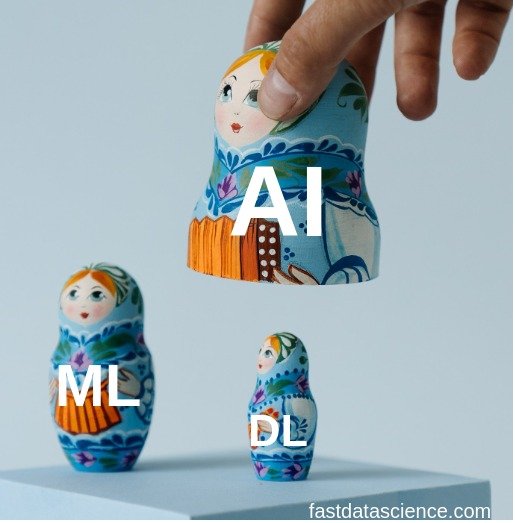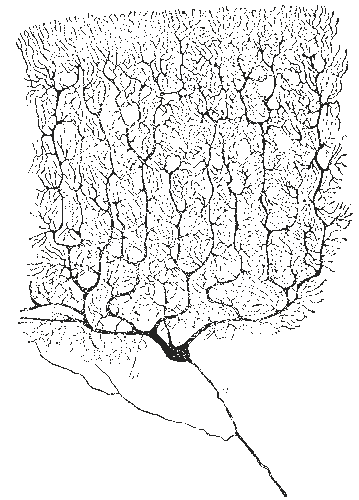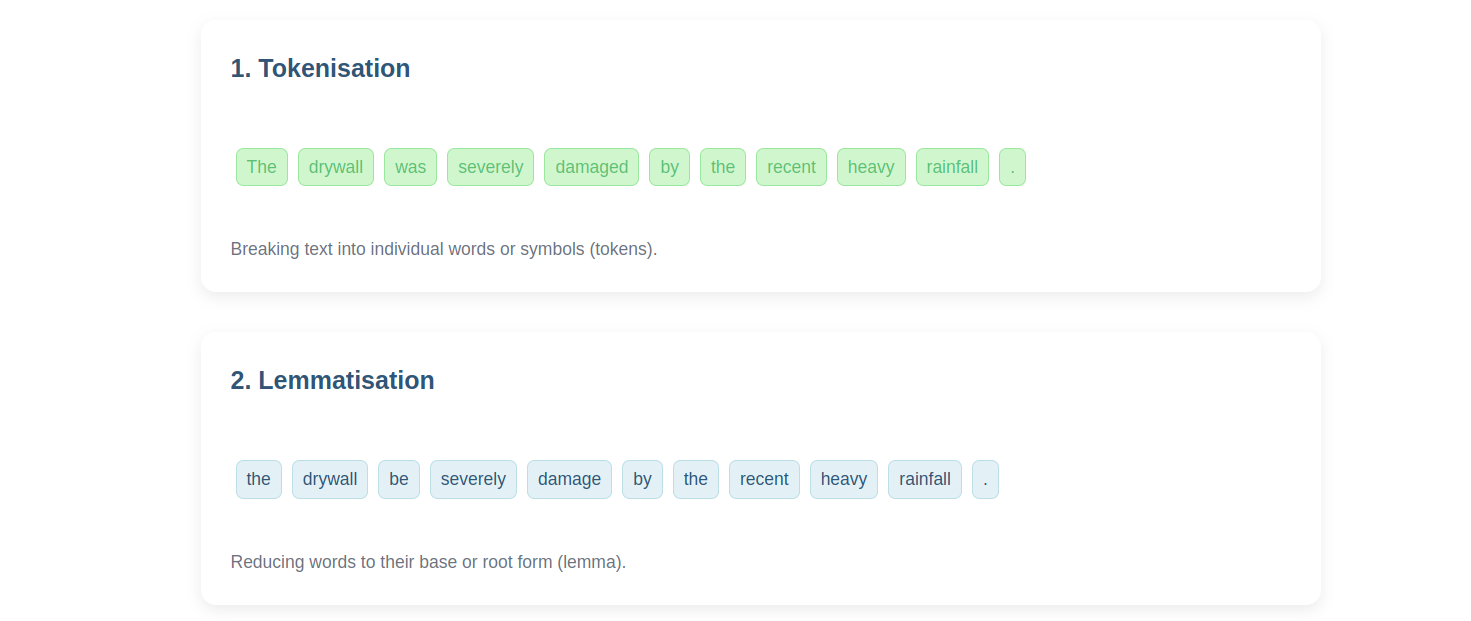
How does Deep Learning work and are we really still in control?
Your mobile phone receives an alert. You take it from your pocket and look at the screen. Face recognition unlocks the phone, and you read a message your sister just sent. You laugh and then share it by selecting a group of friends who will also find it amusing. You add an instant voice message to the share and tell the phone to send it.
The concept of Deep Learning is not new. We all use it – most of us without giving a passing thought to the technology. It has become expected. We are reliant on the algorithms that control our world. So, how is it that so many people don’t understand what deep learning is when they rely on it day in and day out?
With today’s technology, terms such as Artificial Intelligence, Machine Learning, and Deep Learning are commonplace. Many hear or read these terms and believe they can be used interchangeably. They are different terms with the same meaning – mostly. Right? The short answer is, “no,” but a more acute assessment is “sort of.”
To better understand these terms, we need to know how they relate to each other. Let’s use Matryoshki (Russian nested dolls) to illustrate [1]. You open the outer-most doll and find a smaller one inside. You open it to find an even smaller one. Artificial Intelligence is the outer doll. Inside, you will find Machine Learning, and inside Machine Learning is Deep Learning. Sometimes, there will be more layers, but as they relate to each other, they will always exist in that order.

Artificial Intelligence (AI) encompasses all of Machine Learning (ML), and Machine Learning contains Deep Learning (DL). We can visualise this relationship as a series of three matryoshki.
To understand Deep Learning, we need to know how our brain works. Think of a child. We know so much more than they do, yet we were all a child once. How did we become so smart?

A Purkinje cell, a kind of neuron located in the brain. Neurons transmit signals inside our brain and between our brain and our body. Drawn by Santiago Ramón y Cajal.
Our brain is a deep neural network[2]. A neural network is an extensive set of connected neurons receiving stimuli from our senses to determine the correct reaction or response. Our brain is layer after layer of neural networks. They are arranged in layers, each responsible for processing different pieces of information. As input enters the brain, each level of neurons processes the data, provides insight, and passes everything on to the next layer. These neural networks are capable of processing an incredible volume of information perceivably instantaneously.
Fast Data Science - London
Now, before you Neurobiologists, Psychiatrists, and any other “-ists” that work with the brain get all upset and respond with disdain, the following is a layman’s explanation of how one little piece of our brain works. This is just an overly simplified narrative in an article on deep learning – not brain science.
We started as a child – basically, knowing nothing. We learn to understand and use language by storing what we hear. When we begin to accumulate the same sounds over and over, we start to realise that certain sounds fit with others. We associate sequences of sounds with what is happening around us as they are heard. After many months of storing and associating sounds, we try and make them ourselves. As a simple example, our brain eventually recognises a pattern:
I’ve heard “mmm” and “uh” followed by a second “mmm” every time this bigger-me is around. The bigger-me also makes the sounds together – a lot. I should try it. “Mmm-uh-mmm.” Bigger-me responded. Store those sounds together and connect the result to this bigger-me.
We now have “mum” (we can’t spell yet, but you get the idea) safely stored in our memory and now we start to learn so much more. Every time we say “mum”, new things start happening. As we learn more, we receive more data to store and use. This is how deep learning works. Deep learning algorithms gather data and decide for itself what is relevant. Deep learning networks improve in proportion to the amount of data being used to train them.
Our brain uses all our senses when processing information. Our neural network evolves in complexity with more input, forming thoughts, learning abstract concepts, forming opinions, and sharing with other neural networks, growing from transfer and reenforced learning. Deep learning wishes it could be as powerful, but it is no match for the way our brain works.
Let’s look at how machine and deep learning work at a very high-level. To explain the details would require its own article, chapter, or even a book.
We label hundreds, thousands of images of objects. The computer stores this information. Now, when we show the computer a new picture, it will compare it to the data it has collected and identify the object. If the computer is wrong, we tell it what the object is, and the computer stores that. After much training, the computer becomes good at identifying objects. This is called supervised machine learning.
We repeat this process with millions of images. The computer does exceptionally well correctly identifying objects. Now we introduce deep learning algorithms and stop telling the computer when it is wrong. It now has to do that by itself. It applies what it knows about surroundings, lighting, application, people, etc. It continuously assesses its performance against new trained data, calculates its error rate, and self-adjusts the algorithm to reduce the error. It teaches itself and learns.
You can see how a computer can quickly learn.
Deep learning consists of artificial neural networks modelled after our brain [3]. Our brain is far more complex, but like our brain, deep learning also uses deduction, training the artificial neural networks to process a specific set of data with a high level of accuracy. These artificial neural networks are layered to create a deep network capable of making complex decisions. Each layer has received intense training for its focused task. With hundreds and thousands of layers of these artificial neural networks, large amounts of data are processed and decisions with very little, or no, latency.
Applying deep learning models, self-driving cars can respond to conditions much faster than a human. Medical procedures can be safely performed remotely. Anything controlled by computers can be done without the physical presence of a human. Deep learning doesn’t come close to the capabilities of the brain, but it is learning and improving with each decision made.
Most applications of deep learning are seen as artificial intelligence. Today, if someone pays you with a physical cheque, you can deposit it directly into your bank account by taking a photo of the front and back of the endorsed check using your cell phone. The banking software uses deep learning to determine what is written or typed on the cheque and deposit the correct amount of money, requesting the money from the cheque writer’s bank and account. No more bank deposit slips. No more trips to the bank. This is done by applying many different deep learning algorithms and millions of acquired data points. All trained using the same methods we used to learn who Mum is.
If someone asks you for examples of deep learning, you may struggle to provide an answer. If they ask for examples of artificial intelligence, you can probably name half a dozen use cases within minutes or even seconds. There is the Internet, smartphones, self-driving cars, navigation systems, e-mail, smart TVs, and the list goes on. Remember the Russian nested dolls. Everywhere AI exists, machine learning is being used. There may be a few exceptions, but machine learning is dependent on deep learning.
We have all heard or even used this phrase. When we do, are we aware of what it means?
Something is considered deep or profound when it is not easily grasped or understood. It is something we have to think about or ponder before we fully understand its meaning or intent.
Profound is defined on dictionary.com as:
Penetrating or entering deeply into subjects of thought or knowledge; having deep insight or understanding. Being or going far beneath what is superficial, external, or obvious.
Now, with an understanding of how deep learning works, we can visualise what our brain is doing when it is pondering something “deep”.
We take in the statement and its context. We break it down into semantic components and send it into our deep neural network. Experiences are applied, and insights added. Our vast knowledge base is used, comparisons made, and conclusions drawn. After just a few seconds, a light turns on, and we can clearly see the intent of the statement. We understand why it was labelled “deep.” We acknowledge our approval with a slight nod. We take this new experience and store it for future reference.
We are better for the experience. We have learned.
Could deep learning models have presented a similar insight? Perhaps. This is not where deep learning thrives. When deep learning models begin to ponder when making decisions, they will be genuinely thinking. We have to ask ourselves, “as we developed these models, were we thinking or just doing.”
Deep, no, but something to think about.
[1] Matt Killmorgen, Deep and Machine Learning (Aug 2019), Softservein.com
[2] Baylor College of Medicine, Deep neural networks uncover what the brain likes to see (Nov 2019), Science Daily
[3] Kathleen Walch, How neural network training methods are modeled after the human brain (Jul 2020), SearchEnterpriseAI
Looking for experts in Natural Language Processing? Post your job openings with us and find your ideal candidate today!
Post a Job
Guest post by Alex Nikic In the past few years, Generative AI technology has advanced rapidly, and businesses are increasingly adopting it for a variety of tasks. While GenAI excels at tasks such as document summarisation, question answering, and content generation, it lacks the ability to provide reliable forecasts for future events. GenAI models are not designed for forecasting, and along with the tendancy to hallucinate information, the output of these models should not be trusted when planning key business decisions. For more details, a previous article on our blog explores in-depth the trade-offs of GenAI vs Traditional Machine Learning approaches.

After this ruling, will tech companies move all model training to data centres that they consider “copyright safe”? Will we see a new equivalent of a “tax haven” for training AI models on copyrighted content? An “AI haven”? This article is not legal advice.

This new video explains natural language processing: what it is, how it works, and what can it do for your organisation. Natural Language Processing (NLP) is a branch of Artificial Intelligence (AI) that focuses on giving computers the ability to understand human language, combining disciplines like linguistics, computer science, and engineering.
What we can do for you